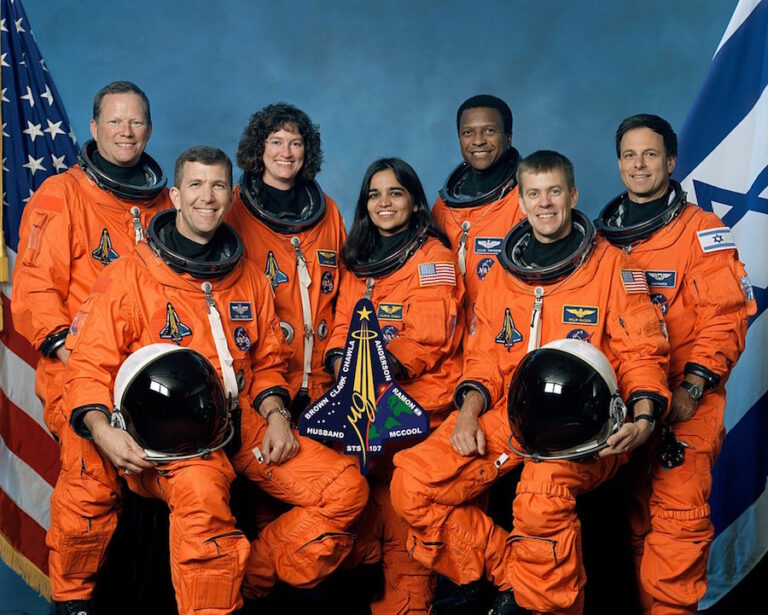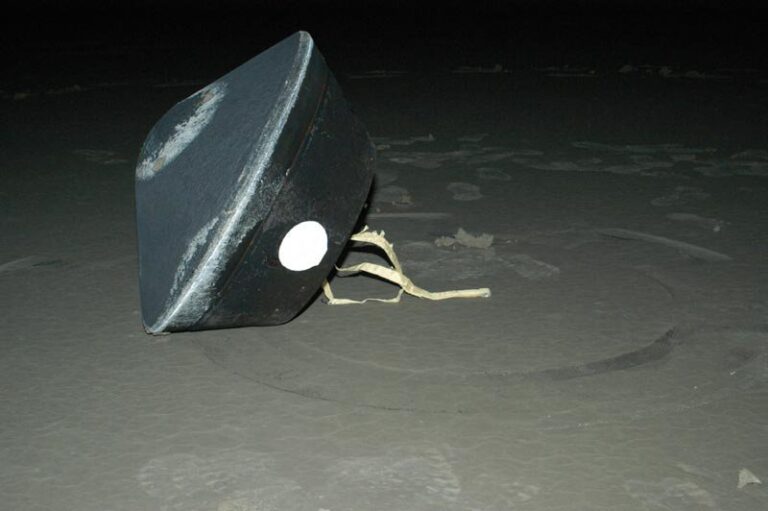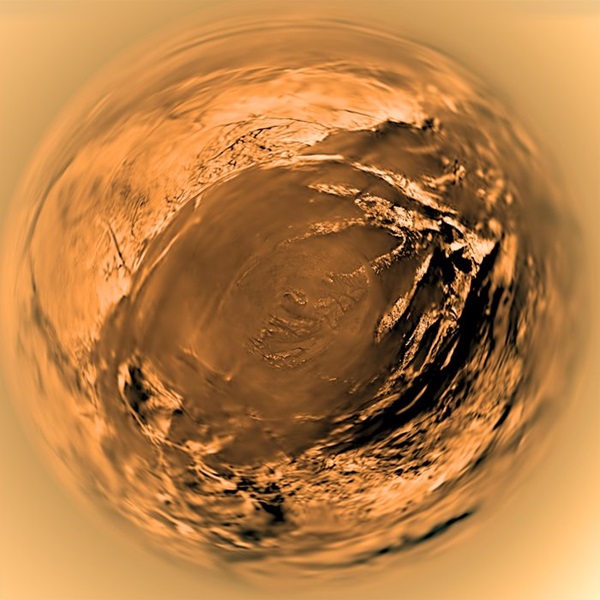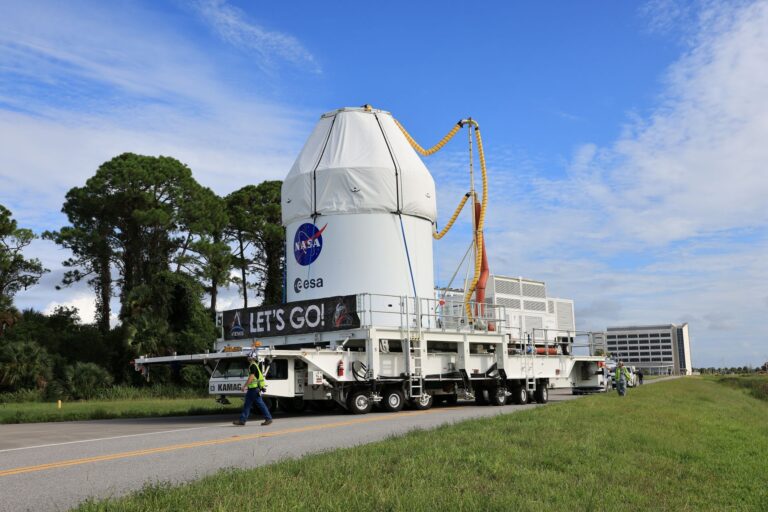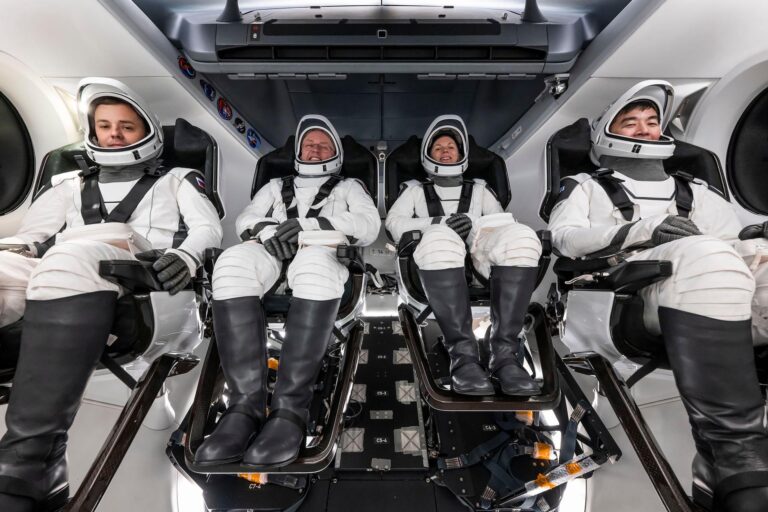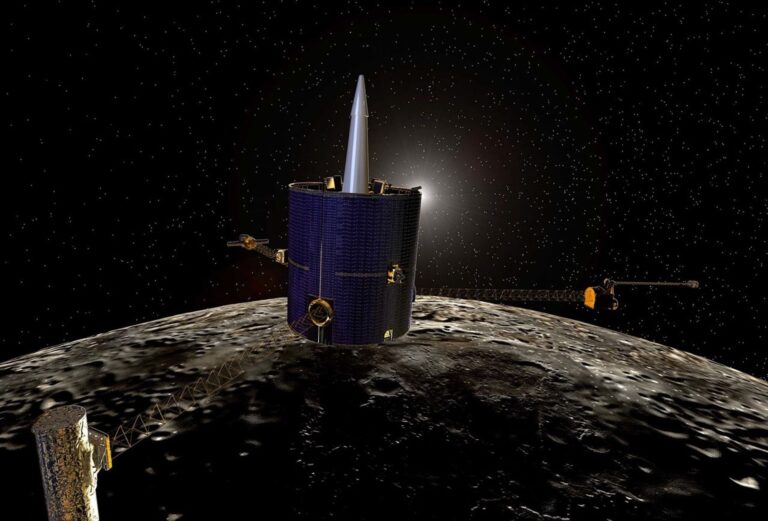The team began the process of returning the spacecraft to science late on Tuesday, April 19. The process involved a succession of steps over the course of the next two days. The pointing tables and science targets (instructions that tell the spacecraft where to look and at what) were reloaded and confirmed; onboard logs and counters were reset; and a new command sequence was created, tested, and uploaded to account for the late start of the campaign. The spacecraft is now ready for science operations, officially starting K2’s new gravitational microlensing campaign, known as Campaign 9 (C9). Gravitational microlensing occurs when a massive object bends light to amplify more distant objects.
During NASA’s Deep Space Network (DSN) contact with the spacecraft yesterday, flight operations engineers at Ball Aerospace and the Laboratory for Atmospheric and Space Physics (LASP) at the University of Colorado turned the spacecraft towards the center of the Milky Way Galaxy to start collecting data for C9.
The K2 microlensing team and the ground-based observatories collaborating on C9’s global experiment are searching through the collected data from the ground telescopes for possible events suitable for observations on larger telescopes, such as the 10-meter telescopes at the W. M. Keck Observatory atop Mauna Kea in Hawaii. During the three-day campaign break, beginning on May 24, data accumulated to that point will be downlinked from the spacecraft to Earth. Shortly thereafter, the scientists will have their first chance to see K2’s view of the same events seen on the ground.
The C9 observing period will conclude on July 1, when the galactic center is no longer in view from the vantage point of the spacecraft. K2 will then begin Campaign 10, which will proceed to investigate an entirely new set of interesting astrophysical targets.
Using the DSN, the team will check in on the spacecraft throughout the weekend to ensure it remains stable and continues its task.
The cause of the anomaly, first reported on April 8, remains under investigation. The nature of the problem has indications of a transient event, which triggered a barrage of false alarms that eventually overwhelmed the system, placing Kepler in emergency mode. Power-cycling the onboard computers and subsystems appears to have cleared the problem. The scientists returned to science data collection while the investigation proceeds.



